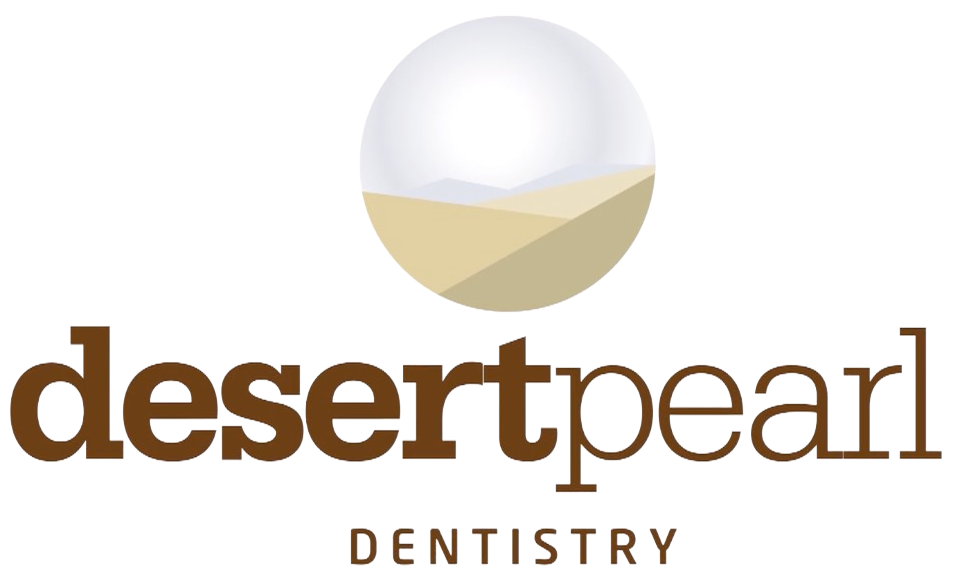Modern dentistry, or anything like it, is only a few centuries old. Unfortunately, the need for oral care is as old as humanity itself. Throughout the endless millennia, techniques have been discovered, tried, and forgotten. It was until the 1800’s that we began truly understanding oral health. An important step was the definition of periodontal disease. Dentist John T. Riggs defined it as a “suppurative inflammation of the gums.” This term refers to conditions that generate significant amounts of pus. Gum disease certainly matches this description in its later stages.
The Treatment Of Oral Health and Gum Disease Through History
If you’re looking for the beginning of oral health care, you’ll have to start early. Even in Egypt, there were records of dental practices aimed at easing pain. Some say that evidence can be found of the earliest implants as well. Their methods sometimes seem like the cure was worse than the disease. Others, like dental extraction, are a relatively normal thing even today. Below is a selective list of examples of history’s oral medicine:
- Native Americans – The many cultures of Native Americans demonstrated multiple approaches. One common theme in these cultures was the use of sage and other herbs as toothbrushes. There was even a form of rudimentary toothpaste made from the cucacua plant.
- Colonial Era – In the colonial area in America, toothbrushes were unheard of. Instead, they’d chew sticks or use bones and feathers as toothbrushes. Some would opt to use salt as an abrasive to clean the surfaces of their teeth.
- Chinese Medicine – China would use the earliest known toothbrushes in the world. Records indicate that dental extractions, and even implants, were used here for thousands of years.
- Island Nations – Archaeology of certain island cultures revealed skulls with seashells hammered into the jaw. Remodeling suggests that they worked, and the bone had had time to heal.
Modern dentistry began making real strides once we understood the role of bacteria in oral health. Streptococcus mutans were discovered to be the primary culprit in tooth decay. It later was determined to have a central role in gingivitis and periodontitis. With this discovery, we could aim our sites at eliminating the actual source of our problems.
This progress started with the development of modern toothpaste. It would begin almost immediately after Dr. Riggs defined gingivitis, known as ‘Riggs disease’ in those days. Toothpaste has been since at least 500 BC, but innovations were happening. The first modern toothpaste began being mass-produced by Colgate in 1873.
Toothbrushes fit a broad range of descriptions in those days. Manufacturers used everything from horse hairs to feathers, boar bristles to swine hair were used. The development of the modern toothbrush can be seen in a toothbrush made with the bone of cattle. It used metal staples to secure swine hair into the brush. The development of the plastic toothbrush wouldn’t happen until 1938.
Caring For Gum Disease Beyond Oral Hygiene
All of these developments helped to reduce the number of cases of gum disease in the world. Unfortunately, it wasn’t enough to stop it completely. Millions of people were still affected by this disease, and oral damage was still running rampant. During World War II, a simple requirement was unable to be met by young Americans. Recruitment required that the applicant had at least “six teeth opposite each other.” Nearly 400,000 Americans have turned away from the armed forces as a result. Getting enough troops required the revision of these guidelines. Thankfully good oral health is more accessible today. Just speak to your dentist to get guidance.



